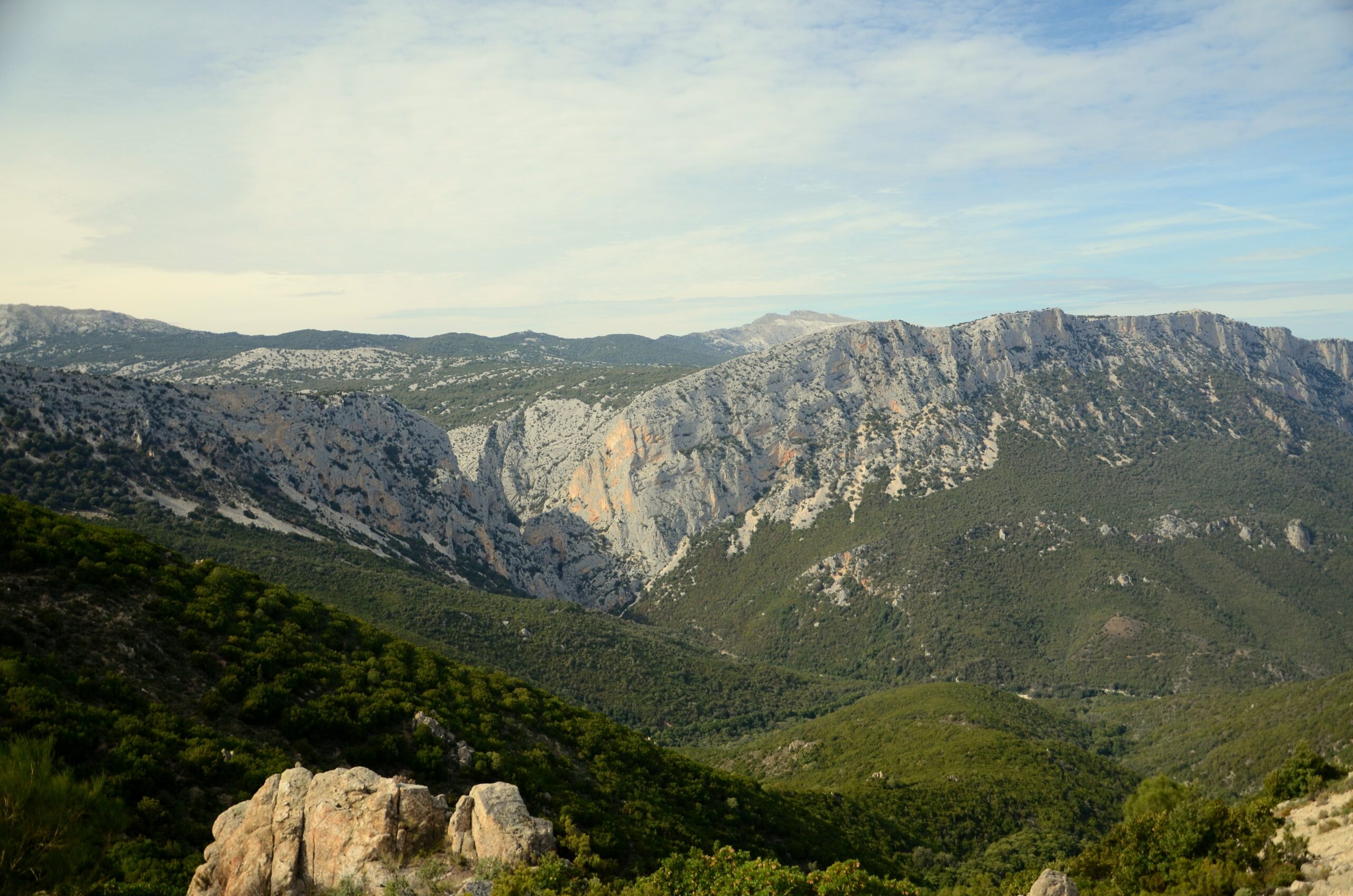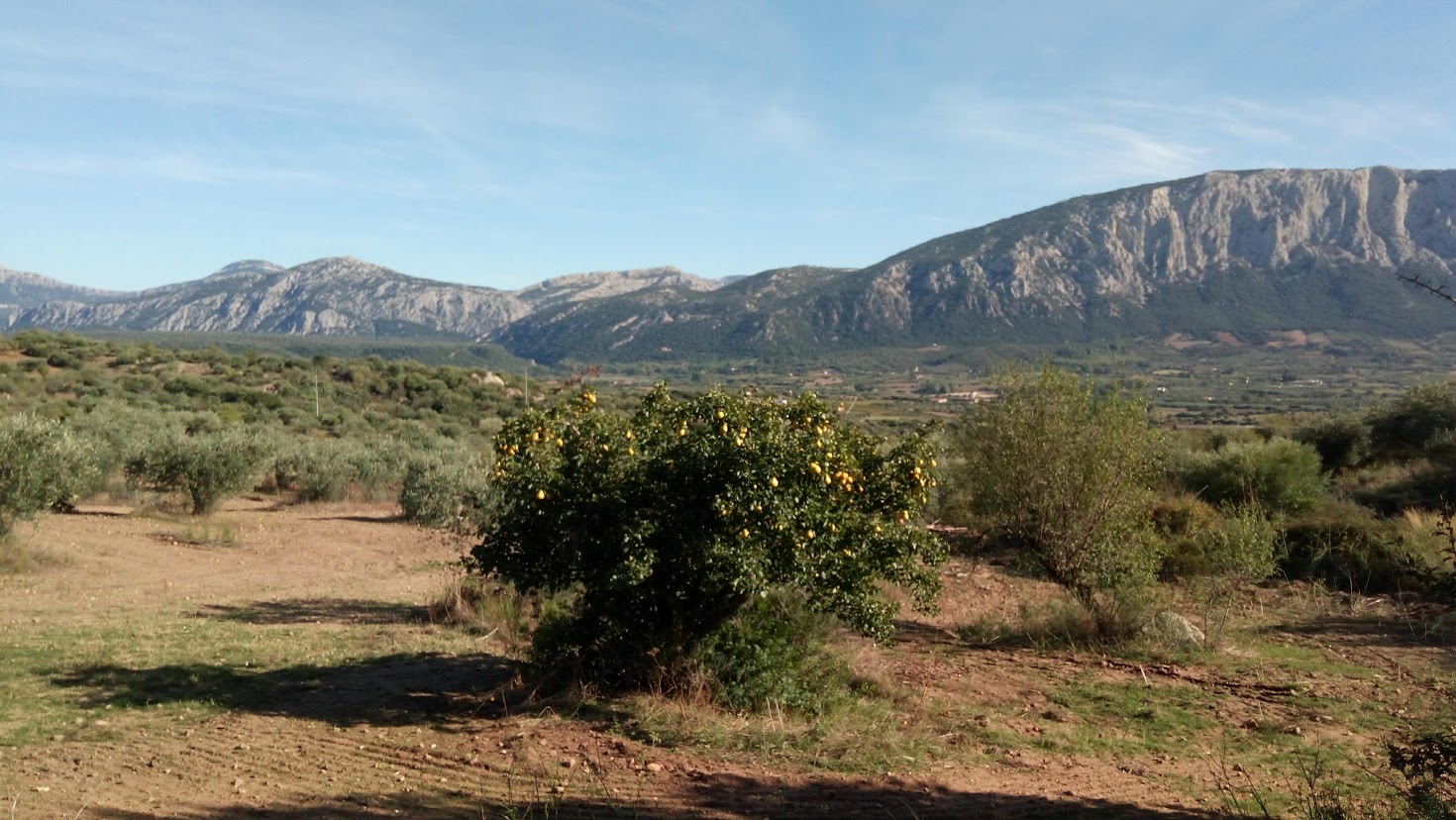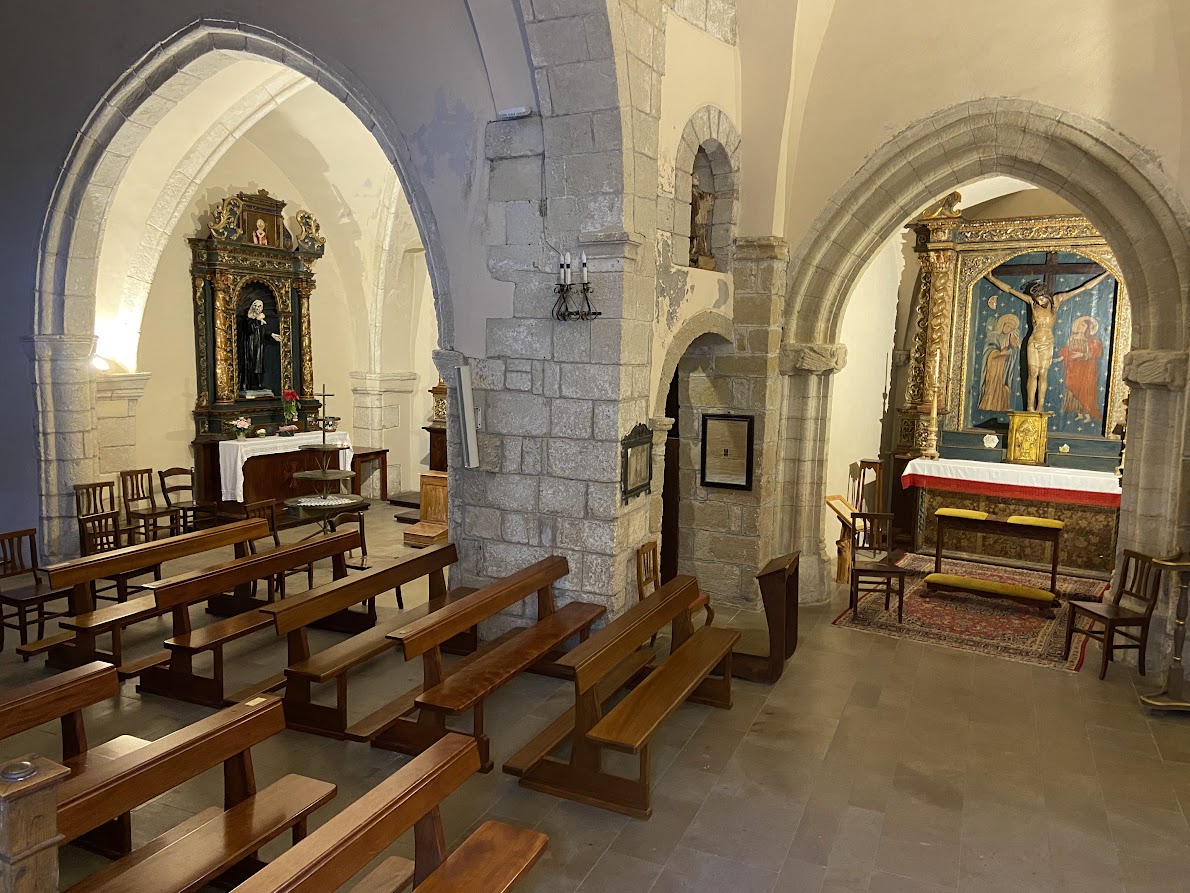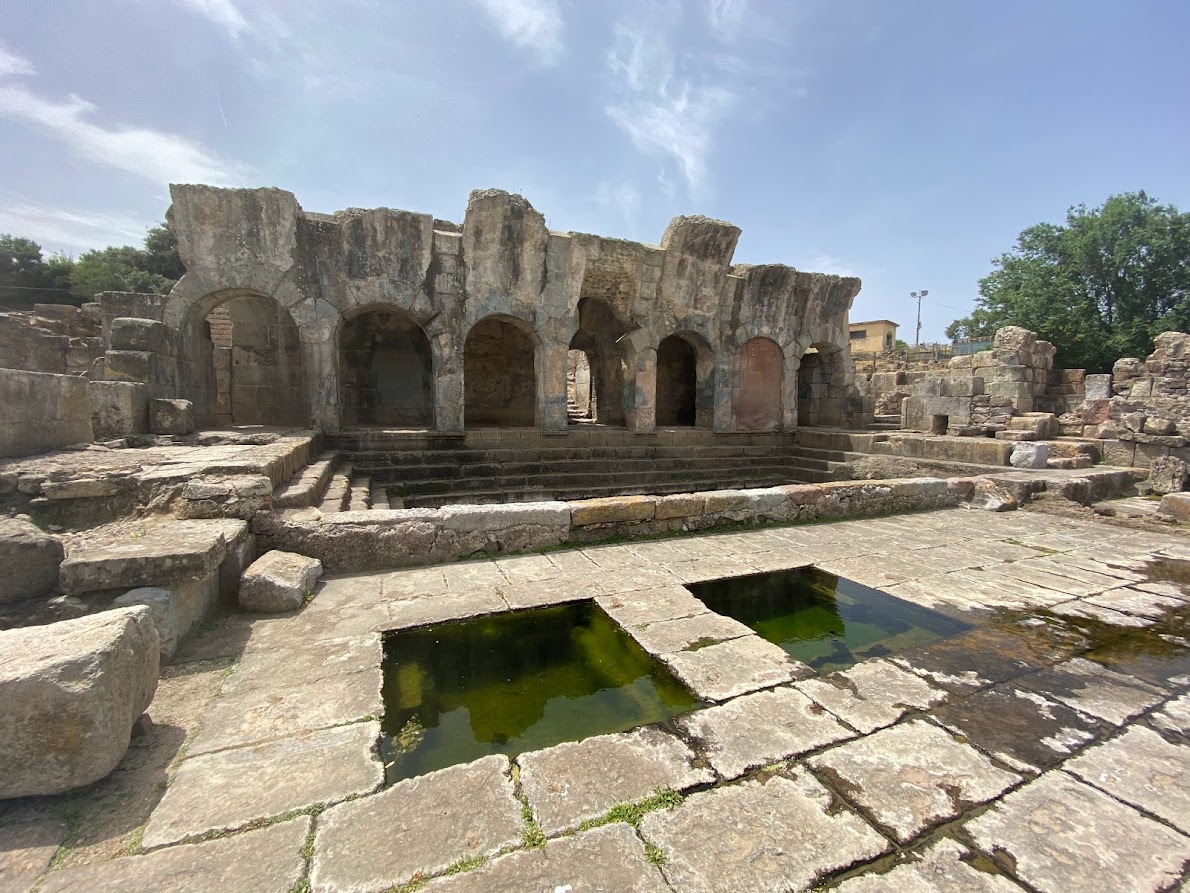
Supramonte
Supramonte is a mountain range located in the central east of Sardinia on the rocky plateau of Barbagia. It is an ancient mountain complex that surrounds the highest and the “youngest” massif of Gennargentu and extends in an east direction towards the Tyrrhenian Sea. It has and area of approximately 35 000 hectars and includes the territory of five municipalities – Dorgali, Oliena, and Orgosolo in Barbagia, Baunei and Urzulei in Ogliastra and as well as one part of the Gulf of Orosei. The inhabited areas of these villages lie on the very borders of Supramonte, for the most part it is an uninhabited area of sharp limestone rocks and deep lush canyons. Plateaus, gorges and steep walls disappear into the horizon and form an almost independent continent that will captivate you and allow you to discover the green heart of Sardinia. The landscape has uniform characteristics – plateaus, huge rock formations alternating with deep canyons, forests, caves and springs. A territory that has been inhabited since the prehistoric times and covered with pre-nuragic and nuragic sites, and despite this, each of five villages preserves its special characteristics with original and inimitable natural monuments. Gorroppu gorge, at the junction of Urzulei and Orgosolo, is the most spectacular canyon in Europe, shaped by the force of water and reaching a dept of up to 500 metres. The Su Suercone Abyss, an impressive chasm with a peculiar “funnel” shape, is the most famous naturalistic attraction of Supramonte di Orgosolo. It is 500 metres wide and 200 metres deep, inaccessible due to almost vertical walls and therefore is still covered by unspoilt vegetation. It is followed by the Sas Baddes forest, the only large primary oak forest in Europe. Su Gologone, the main spring of Supramonte and Mount Corrasi with the highest peak of 1463 metres, are the natural monuments of the territory of Oliena. Corrasi is characterized by a bare and rocky environment with numerous chasms, peaks of strange shapes and caves such as Nurra de sas Palumbas. The Su Gologone spring is a masterpiece carved into the bowels of the subsoil by the power of water that rises crystal clear to the surface in the middle of a lush oasis. It is connected to one of the largest and most evocative caves in Europe, sa Oche e su Bentu: 30 kilometeres of underground passages woven by the river, with rooms decorated with stalactites and stalagmites, galleries, crystal-covered floors, underground lakes and sandy beaches. “The voice of the wind” roars in the majestic and wild valley of Lanaitto (or Lanaittu), halfway between the territories of Oliena and Dorgali. This area is “pierced” by other karst formations, such as the magnificent caves of Ispinigoli or Corbeddu, whose name derives from the famous bandit who took refuge here. It was right here that human tracks from ten thousand years ago and the remains of a prehistoric deer from 30 thousand years ago wer found. You will also find here the Tiscali village, a bastion of the Nuragic population in Lanaittu, which has a misterious origin and was built with a unique construction technique, is one of the most famous touristic destinations in Sardinia. The presence of man in this part of Supramonte is also documented by many other finds – dozens of domus de janas, menhirs, hundreds of nuraghes (including Mannu and Arvu), the tombs of giants and other archeological sites, especially Campu Donianigoro and the nuragic village sanctuary Serra Orrios, on the Gollei plateau, which dominates the relief in the center of the Orosei Gulf in the territory of Dorgali. The one symbol of the Orosei Gulf and Dorgali cannot be missed, the Bue Marino cave. Supramonte in Ogliastra is a combination of a rugged mountain landscape, that passes untouched and wild into the beauty of the sea, with cliffs, bays and beaches, that are repeatedly declared among the most beautiful in the world. The bays of the Ogliastra region are not easily accessible, which emphasizes their irresistible charm. Most of them can be visited directly from the sea, by ship or boat, or on foot along numerous, more or less demanding hiking trails. Cala Biriola is accessible on foot from Golgo of Baunei, through the forest of the same name and is characterized by junipers growing on the rock and a rock arc shaped by wind and water, that surrounds a small beach, with incredibly clear water and full of fish. Cala Mariolu – which translates to “the thief”, as the fishermen from Ponza used to call the local seals, because they stole their catch from their nets – is characterized by very fine sand mixed with round pink pabbles and is surrounded by several caves, the most famous of which is Grotta del Fico, accessible to the public. The rocks surrounding Cala Goloritze were shaped by nature in a unique way, they emerge from the intensely blue water and are famous among travelers and above all climbers from all over the world, who try to conquer its peak overlooking the sea. Supramonte in Baunei climbing up the Golgo plateau is a representation of primeval nature, where the archaic soul of Sardinia floats. Here you will find the chasm of su Sterru, a very deep and mysterious funnel-shaped karst well next to a circle of nuragic stones that enclose pools in natural basins where water was collected for ancient ceremonies. Hidden among the vegetation and in the hills there are the nuraghe and the domus de janas overlooking Golgo and the city. Along the Codula di Sisine, the bed of the underground river, you can take a comfortable trail with an moderate elevation to reach its mouth in the sea at a wonderful beach. Along the way you will be enchanted by limestone cliffs rising to the sky, canyons, caves, gorges and peaks covered with junipers and Mediterranean scrub, ancient sheepfolds, wild animals and maybe even a shepherd. The walk from Teletottes along the Codula di Luna is longer, but no less beaufitul and the destination is not just any beach, you will reach the legendary Cala Luna. Supramonte di Baunei offers much more to trekking lovers, it is the Selvaggio Blu, one of the most interesting trails in Europe, certainly the longest as it can last up to seven days. This challenging climbing trail, not recommended for hikers, includes sections of climbing and via ferrata and has no refreshment points along the way. “In return” you will travel through unspoilt nature and deep blue bays, 50 kilometers from Santa Maria Navarrese, through Pedra Longa, Mount s’Ozzastra, Giradili peak up to Cala Gonone.


